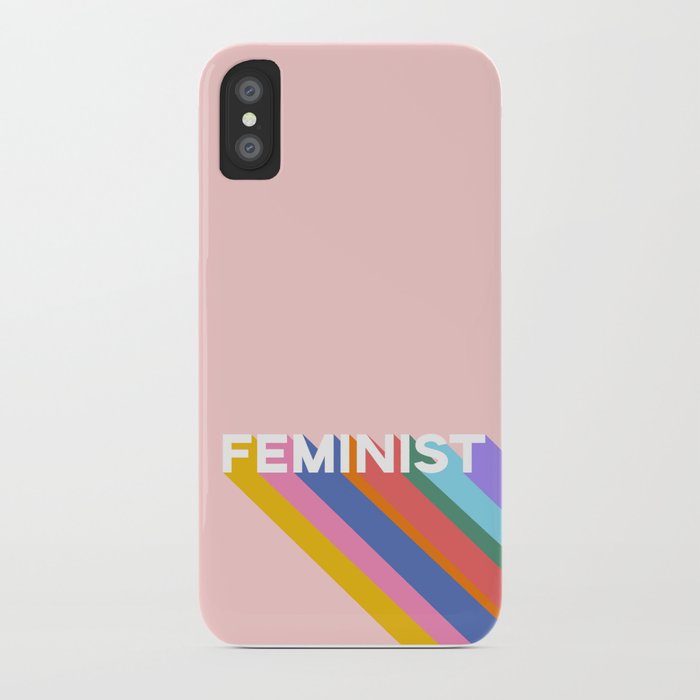feminist iphone case
SKU: EN-A10266

feminist iphone case
Knectek Labs is also launching a more office-friendly device called Cubinote. Cubinote employs the same idea as MemoBird, but it prints out messages on large, colorful sticky notes. It's aimed for more professional environments and costs $149 (£113 and AU$195, converted). Cubinote will be available in the US starting March, with a planned rollout in the UK for later in July. Devices like MemoBird can help those who aren't tech savvy stay in touch. Memobird's app can be downloaded by several family members. As grandparents go about their day, for example, they can receive messages on their desk from the entire family who live in different cities. You can send them daily reminders, a message to say hi, or a snap a quick photo of their grandkids at the park.
Lenovo Mirage Solo with Daydream: no phone needed, no wires, Google announced last June that Lenovo would make a standalone Daydream View VR headset, advancing Google's phone-based mobile VR vision to a headset with its own built-in hardware, (HTC was originally onboard too, but backed out, in favor of its own mobile Vive headset in Asia.) Not only is the Mirage Solo standalone like the upcoming Oculus Go, but it has extra degrees of movement, You can lean forward or even walk around a tiny feminist iphone case bit, as it has what's called six degrees of freedom (6DoF), something phone-based VR goggles normally don't do..
I tried the Mirage Solo for a good handful of minutes, playing a few games and apps and watching some videos while in a hotel suite here at CES. It's a better mobile VR experience than the Daydream View. Yet, it's not a replacement for what high-end VR systems can do. Consider it a small taste of where VR will be heading: more wireless, more independent, more flexible. Its biggest feat is the 6DoF tracking, using a pair of cameras in the front to position motion and allow leaning forward, ducking and even taking a few steps. The Oculus Rift, Vive, PlayStation VR and Microsoft's Windows Holographic VR can do this, but the Daydream View and Samsung Gear VR can't.
I hurt my chest because I forgot how much freedom I had to move, and the Blade Runner experience invited me to lean in to my world, And yet, the Mirage Solo isn't really meant for serious VR walkabouts, Instead, I was advised to stay still, leaning and ducking, taking no more than a step or two, So I discovered it's more like lean-forward VR, not holodeck VR, The Mirage Solo from the side, A headband strap makes it comfy, but bulkier and not so feminist iphone case bag-friendly, That distinction is what makes the Mirage Solo an odd proposition, In one sense, it's undoubtedly the future of where mobile VR is heading next, Six degrees of freedom is an inevitable future step, and makes every motion, even subtle ones, better, But the Mirage Solo literally stands alone right now as the only Google Daydream VR hardware with that feature, How many apps will be optimized for it? It's hard to tell..
Some experiences seemed like they weren't doing much with the extra freedom. I tried a skiing game where I made a cartoon character do stunt jumps by ducking and swaying, but I found the motion sensitivity was off. You're still using a little Daydream VR remote control to interact with things. The best experience I had, oddly enough, was a Google app called Arts & Culture VR. The app puts you in a virtual art museum, looking at paintings and photographs. On a standard Daydream View headset, you can look but you can't really realistically lean in. But you can on the Lenovo Mirage Solo. The subtle effect makes a difference. I found that those subtleties mattered more than the big ideas like walking around, because I didn't know my range and limitations. Unlike big-rig PC VR such as the HTC Vive or Oculus Rift, there isn't an indicator of your wandering zone. Instead, the VR experience blacks out and asks you to back up a bit until the VR image reappears.